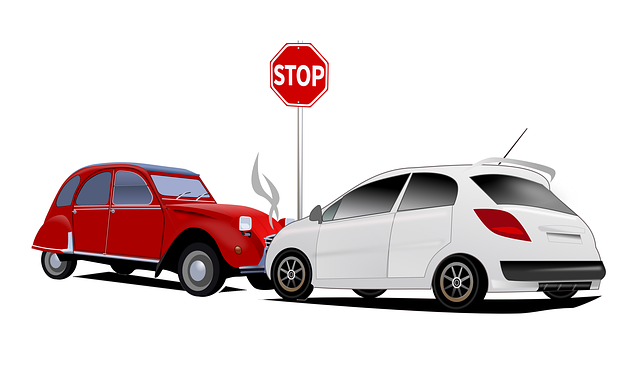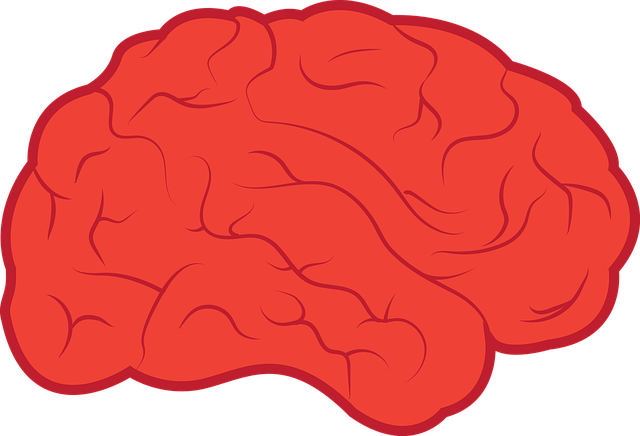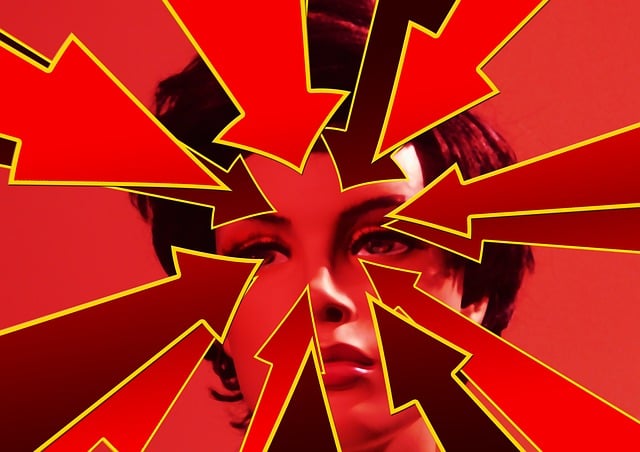Chiropractic support is an effective non-invasive treatment for trauma-induced muscle spasms after motor vehicle accidents, offering symptom relief and long-term prevention of complications. Chiropractors use techniques like spinal manipulation, heat/cold therapy, and soft tissue massage to improve mobility, reduce nerve pressure, and promote overall well-being, making it a key option for managing accident-related muscle spasms. During the first visit, patients undergo consultations, history reviews, and physical exams to guide personalized treatment plans that may include chiropractic adjustments and therapeutic modalities.
Trauma-Induced Muscle Spasms: Finding Relief with Chiropractic Care
Motor vehicle accidents can leave behind more than just physical injuries; they often cause trauma-induced muscle spasms, causing significant discomfort. This article explores the impact of such spasms after a car crash and how chiropractic support emerges as a valuable treatment option. We’ll delve into understanding these spasms, the specific role of chiropractors, and what to expect during recovery, offering insights for those seeking natural relief from accident-related muscle pain.
- Understanding Trauma-Induced Muscle Spasms After a Motor Vehicle Accident
- The Role of Chiropractic Support in Managing and Treating These Spasms
- What to Expect During and After Chiropractic Care for Muscle Spasms Related to Car Accidents
Understanding Trauma-Induced Muscle Spasms After a Motor Vehicle Accident

Trauma-induced muscle spasms are a common occurrence after a motor vehicle accident, often leading to significant discomfort and mobility issues for victims. When a person is involved in such an incident, the sudden impact can cause physical damage, including muscle tears, strains, and sprains. As a result, muscles may react with violent contractions, causing severe spasms that can persist for days or even weeks after the initial event. Chiropractic support plays a vital role in managing these post-accident muscle spasms. Chiropractors are experts in the musculoskeletal system and use various techniques to alleviate pain, reduce inflammation, and restore normal muscle function.
Chiropractic care offers a non-invasive approach to treating motor vehicle accident-related muscle spasms. Chiropractors employ manual adjustments, soft tissue therapy, and specific exercises to target affected muscles. By addressing the underlying causes of spasms, chiropractic support can help patients find relief from acute pain and prevent long-term complications. This holistic treatment method not only promotes healing but also enhances overall well-being, ensuring individuals recover more quickly and effectively following a traumatic event.
The Role of Chiropractic Support in Managing and Treating These Spasms

Chiropractic support plays a pivotal role in managing and alleviating trauma-induced muscle spasms, particularly following motor vehicle accidents. Chiropractors are experts in diagnosing and treating musculoskeletal disorders, including those caused by traumatic events. They employ various techniques to reduce spasms, such as spinal manipulation therapy, which gently adjusts the spine to improve mobility and alleviate pressure on nerve roots.
Additionally, chiropractors may incorporate other therapeutic modalities like heat and cold therapy, electrical stimulation, and soft-tissue massage to provide comprehensive care for accident-related muscle spasms. Chiropractic support offers a non-invasive approach, which is often preferred by patients seeking alternative or complementary treatments. This holistic method not only targets the symptoms but also focuses on restoring proper bodily function and promoting overall well-being.
What to Expect During and After Chiropractic Care for Muscle Spasms Related to Car Accidents

During your initial visit for chiropractic support related to muscle spasms from a car accident, expect a thorough consultation and examination. The chiropractor will discuss your medical history, the nature of the accident, and the symptoms you’re experiencing. They may perform various manual tests to assess your range of motion and identify trigger points or areas of tension. This process is crucial in developing a personalized treatment plan.
After the initial assessment, you can anticipate a series of chiropractic adjustments tailored to alleviate muscle spasms and reduce pain. These adjustments often involve gentle manipulation of the spine and affected joints. Your chiropractor may also incorporate other therapeutic techniques like heat/ice therapy, electrical stimulation, or massage to enhance healing and relaxation. It’s common to feel immediate relief after treatment, but results may vary. Consistency with chiropractic care is key to managing muscle spasms effectively over time.
Chiropractic support plays a vital role in managing trauma-induced muscle spasms resulting from motor vehicle accidents. By addressing the underlying spinal misalignments and soft tissue injuries, chiropractors can help alleviate pain and restore mobility. Through tailored adjustments and therapeutic techniques, individuals experiencing car accident-related muscle spasms can find relief and improve their overall well-being. This natural approach to healing is a game-changer for those seeking effective and non-invasive treatments post-accident.














